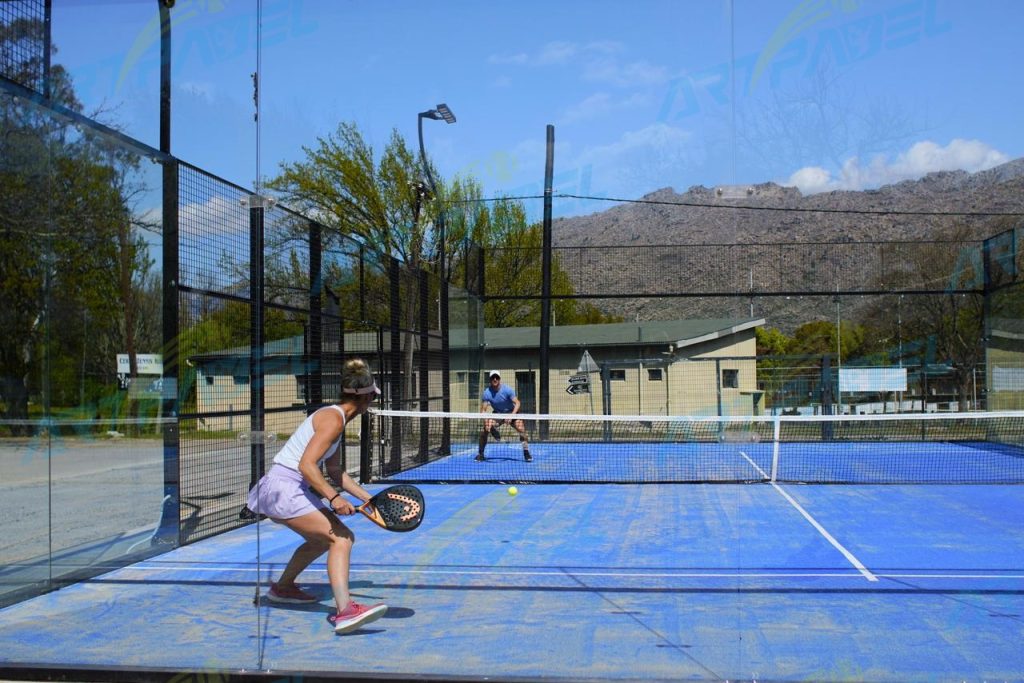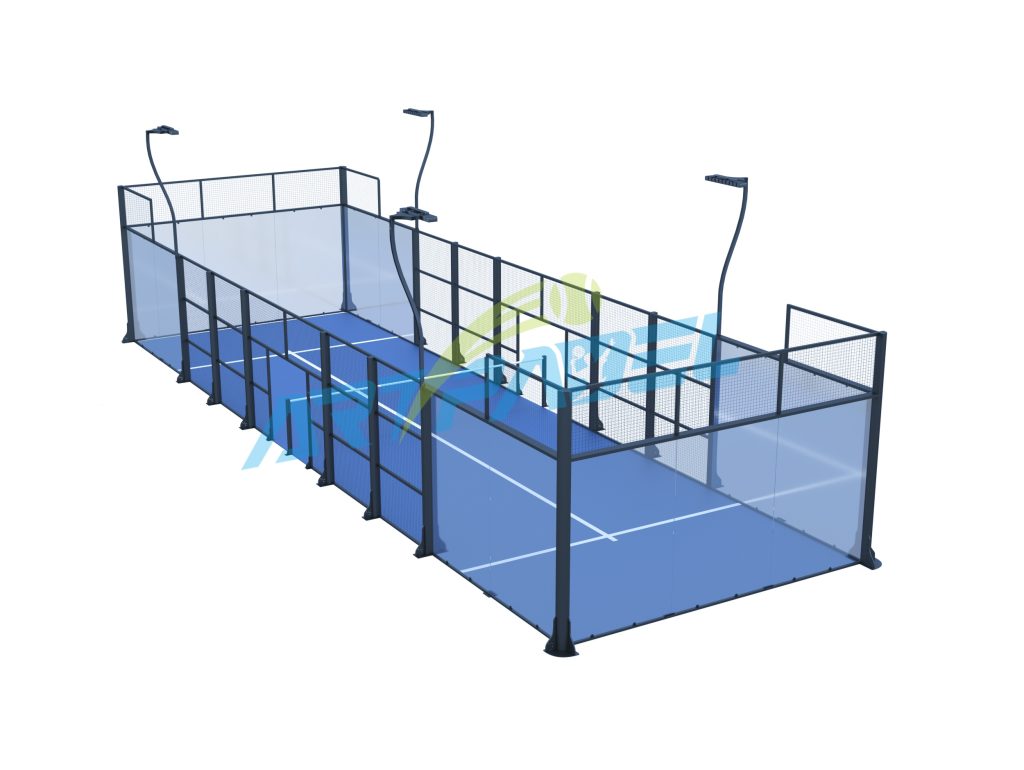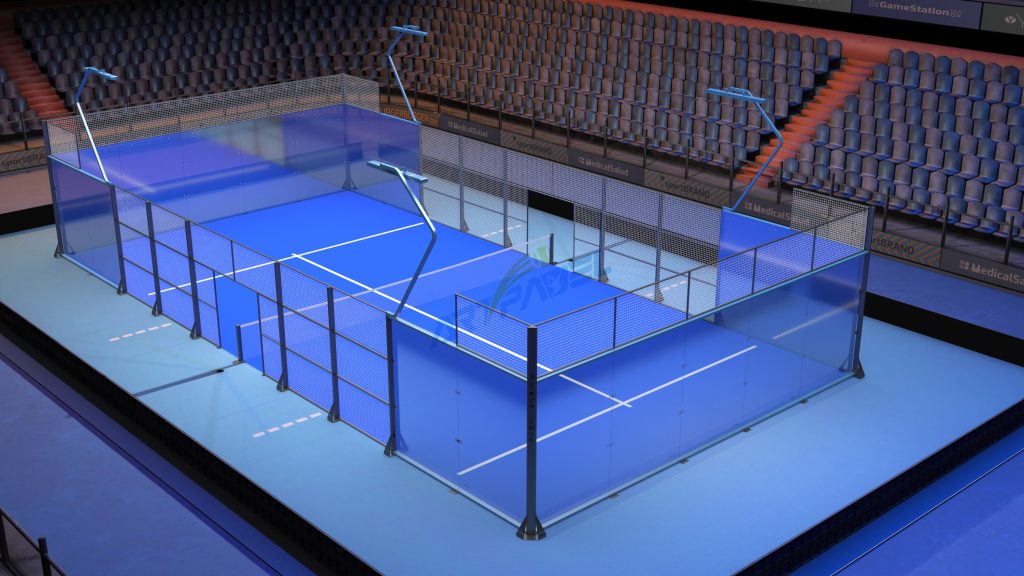Padel, a thrilling racket sport blending tennis fundamentals with enclosed-court dynamics, has a scoring system that’s familiar yet uniquely its own.

- Core Scoring Structure
Game Points
Progression: Scores follow the 15→30→40→Game sequence, identical to tennis.
Deuce Rule: At 40-40 (“deuce”), a player/team must win 2 consecutive points to claim the game (no “golden point” shortcut in standard play, though some pro tours may vary).
Set & Match Format
Set Victory: Win 6 games with a 2-game lead. If tied 6-6, a “tiebreak”decides the set: first to 7 points with a 2-point margin (e.g., 7-5; 10-8 if extended).
Match Length: Most matches use best-of-three sets—first to win 2 sets takes the match.
- Serving Fundamentals
Action & Placement:
Underhand serve (below waist), must bounce once before contact.
Serve diagonally into the opponent’s service box from behind the baseline.
Faults: Out-of-bounds or net-hitting serves count as errors; 2 faults in a row lose the point (one fault per serve attempt in doubles).
Doubles Rotation:
Teams rotate servers in a fixed order (e.g., Team A: Player 1 → Player 2; Team B: Player 1 → Player 2).
Switch serving sides after each point (left for odd points, right for even). - Enclosed Court Dynamics
Valid Shots with Walls/Fences
Bounce First: The ball must hit the court “before” rebounding off glass walls or metal fences.
Continuation: If the wall-bounced ball lands in the opponent’s court (after 1 bounce), the rally continues.
Violations:
Touching the net or hitting the ball into permanent structures (e.g., lights) loses the point.
Volleying in the No-Volat Zone (2.13m from the net) is forbidden. - Singles vs. Doubles Nuances
Singles
Played on a “narrower court” (8m wide vs. 10m in doubles).
Faster-paced, emphasizing solo shot placement, endurance, and court coverage.

Doubles
Standard Format: 2v2, requiring tight teamwork for positioning rotations and net control.
Serving Order: Only the designated receiver may return the serve; early interference by partners costs a point.

- Key Strategies for Competitive Play
Tiebreak Mastery:
Serve switches every 2 points; stay composed to capitalize on opponents’ errors (first to 7 points + 2-point lead).
Net Dominance (Doubles):
Aggressively move to the net for volleys and smashes—control the front court to pressure opponents.
Wall Exploitation:
Use angled shots to create unpredictable rebounds (e.g., “Z” bounces off side walls) and force defensive positions.
Target Weaknesses:
In doubles, focus attacks on the weaker player; in singles, vary spin/speed to stretch opponents across the court.
Conclusion
Understanding Padel’s scoring system is key to strategic gameplay—whether leveraging wall rebounds in singles or coordinating net attacks in doubles. By mastering point progressions, serving rotations, and court dynamics, you’ll gain a competitive edge while enjoying the sport’s fast-paced, social nature.
About Art Padel: As a leading Chinese manufacturer, Art Padel specializes in custom padel courts for tournaments, clubs, and private venues. Elevate your game with courts designed for durability and performance—contact us, to transform your padel experience!
Contact Art Padel now:
Tel: +86 532 68978909
WhatsApp: https://wa.me/+8619050566530
Email: art02@artpadel.com
Web: www.artpadel.com




